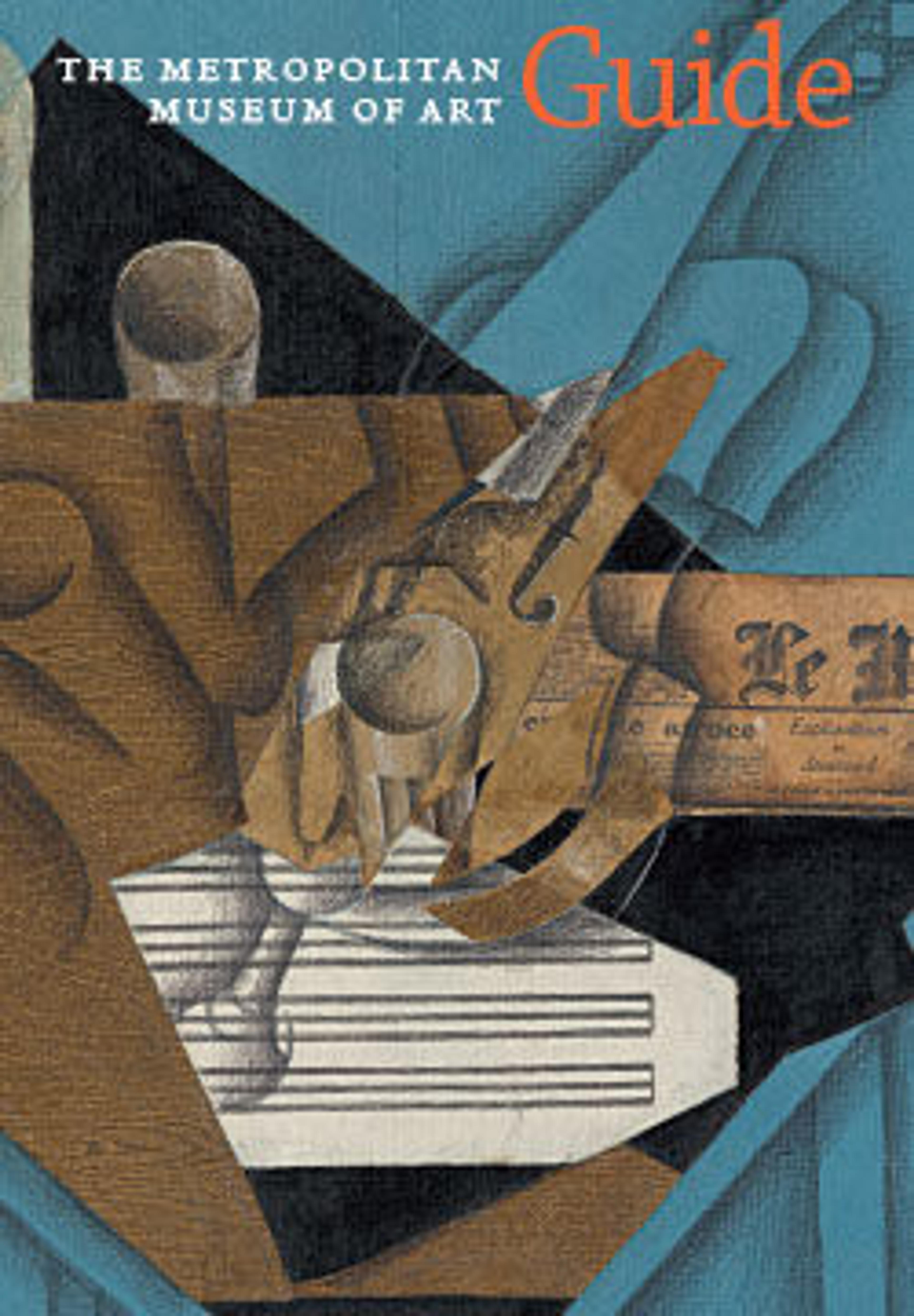English
The Fortune-Teller
Darting eyes and busy hands create a captivating narrative between otherwise staid figures, each of which is richly clothed in meticulously painted combinations of color and texture. La Tour took on a theme popularized in Northern Europe by prints and in Rome by Caravaggio: an old Roma (formerly identified with the derisive term "Gypsy") woman reads the young man’s fortune as her beautiful companions take the opportunity to rob him. This celebrated painting, which was only discovered in the mid-twentieth century, is inscribed with the name of the town where the artist lived in northeastern France, supporting the possibility that he developed such works independent of Caravaggio’s precedent.
Artwork Details
- Title: The Fortune-Teller
- Artist: Georges de La Tour (French, Vic-sur-Seille 1593–1652 Lunéville)
- Date: probably 1630s
- Medium: Oil on canvas
- Dimensions: 40 1/8 x 48 5/8 in. (101.9 x 123.5 cm)
- Classification: Paintings
- Credit Line: Rogers Fund, 1960
- Object Number: 60.30
- Curatorial Department: European Paintings
Audio
2651. The Fortune Teller
0:00
0:00
We're sorry, the transcript for this audio track is not available at this time. Please email info@metmuseum.org to request a transcript for this track.
Listen to more about this artwork
More Artwork
Research Resources
The Met provides unparalleled resources for research and welcomes an international community of students and scholars. The Met's Open Access API is where creators and researchers can connect to the The Met collection. Open Access data and public domain images are available for unrestricted commercial and noncommercial use without permission or fee.
To request images under copyright and other restrictions, please use this Image Request form.
Feedback
We continue to research and examine historical and cultural context for objects in The Met collection. If you have comments or questions about this object record, please complete and submit this form. The Museum looks forward to receiving your comments.
